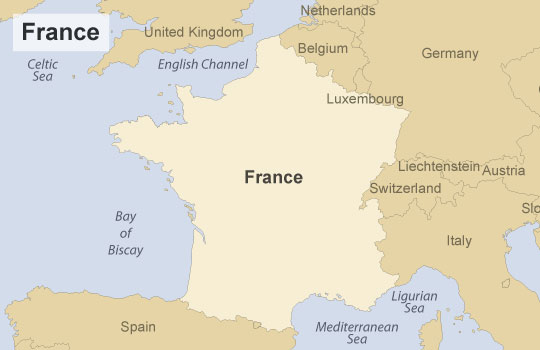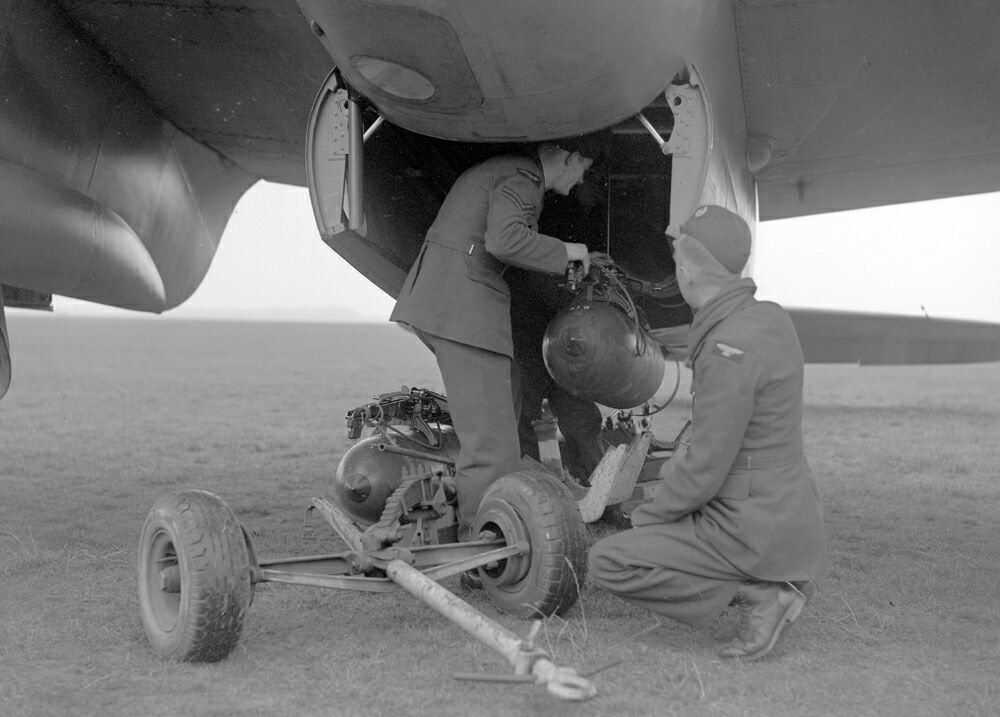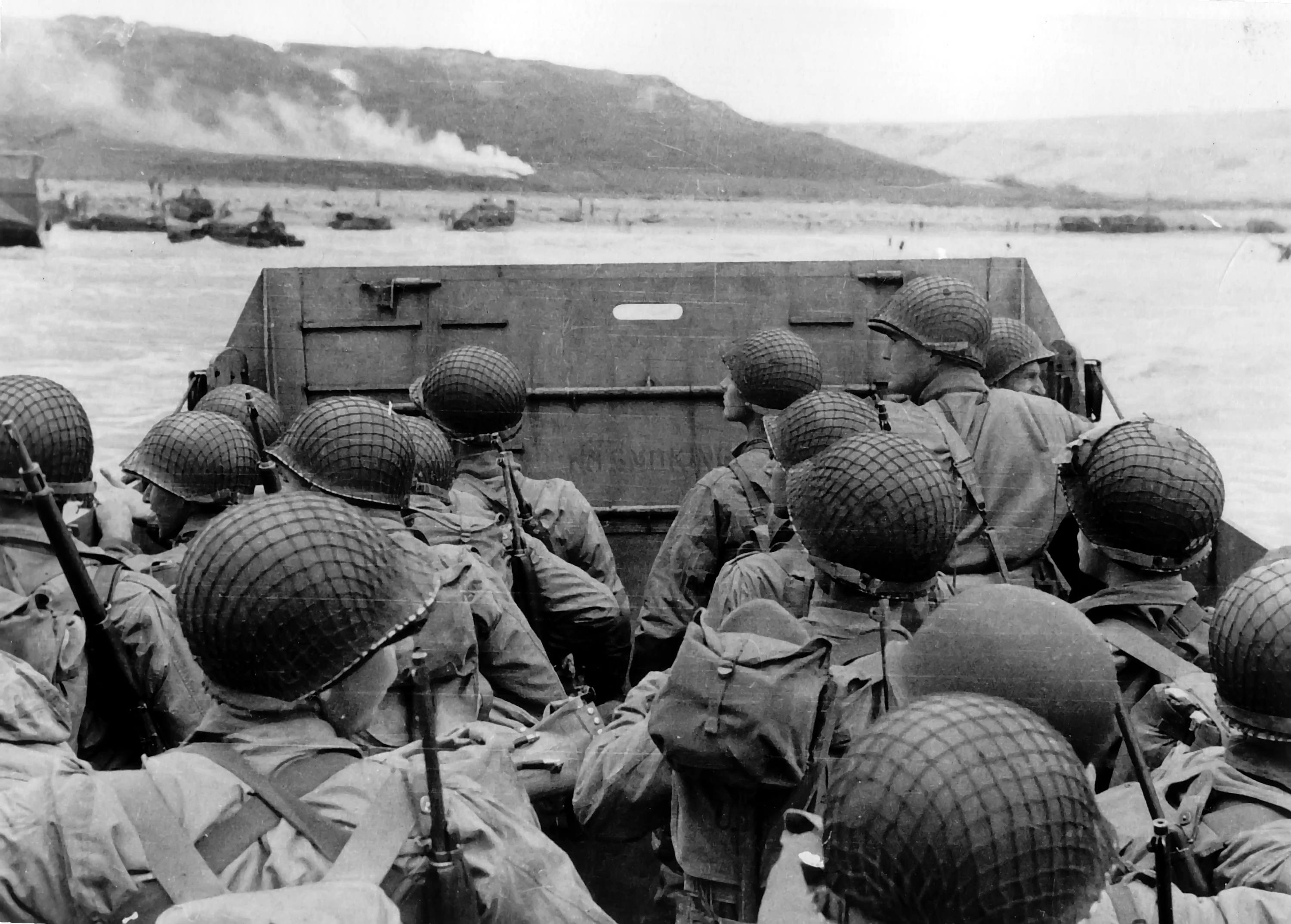The Allied Invasion of Western Europe
With the onset of the war in 1940, the Royal Air Force, which is the aviation division of the British Armed Forces, also referred to as the RAF, began bombing Germany. There, initial attacks were based on selected targets. However, as the war progressed, they shifted to a new technique called “carpet bombing.” Carpet bombing consisted of vast numbers of bombs being dropped over wide areas.

Royal Air Force (RAF)

Map of France
By 1944, the number of air raids on the Germans increased due to the coordinated efforts of the Allied Powers. The plan was simple, American planes bombed targets during the day, while the RAF flew at night.
In an effort to prepare for the invasion, a massive buildup of troops began in Southern England as American, British, Canadian, Polish, Dutch, Belgian, and French troops all joined forces. However, the Germans did not sit idly by and they too began their own preparations. Extensive barbed wire fences along beaches and coastal areas, as well as land and water mines were laid in anticipation of the Allies.
Bombs being loaded into aircraft for carpet bombing mission
Shortly after midnight on June 6, 1944, the largest military landing by sea in history began. We know this as “D-Day” and the massive campaign consisted of over 5,000 invasion craft and warships along with the extensive use of airpower. Additionally, both British and American infantry soldiers parachuted behind enemy lines.

Soldiers approaching Normandy Beach in landing craft
The Allied Powers continued to push forward into France from Normandy. In August 1944, American troops were able to liberate Paris, while the British and Canadians secured Brussels and Antwerp in Belgium.